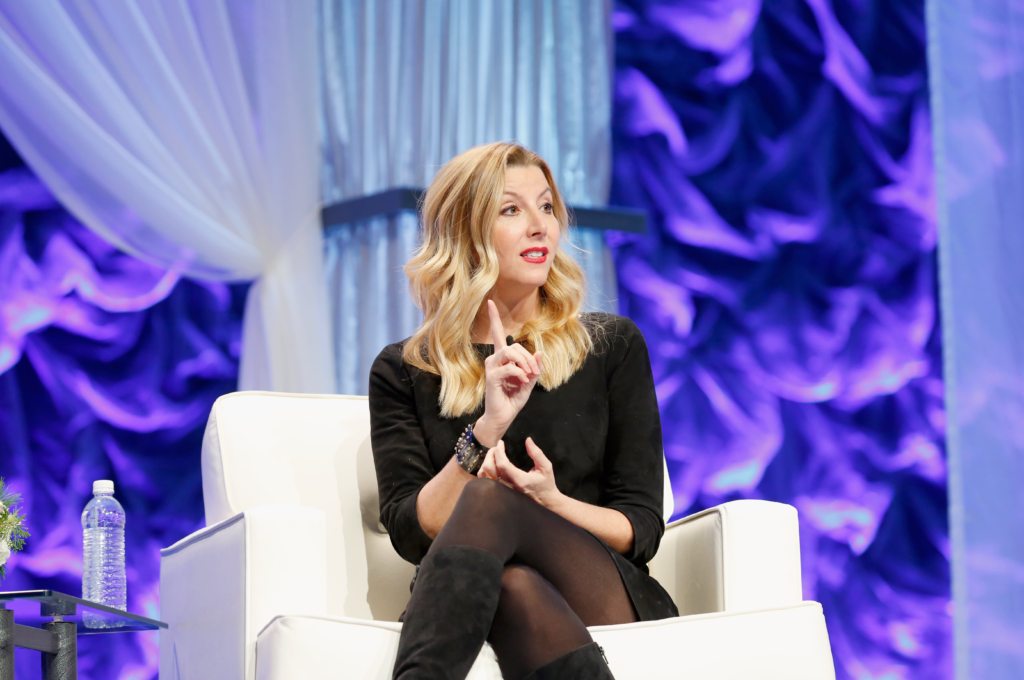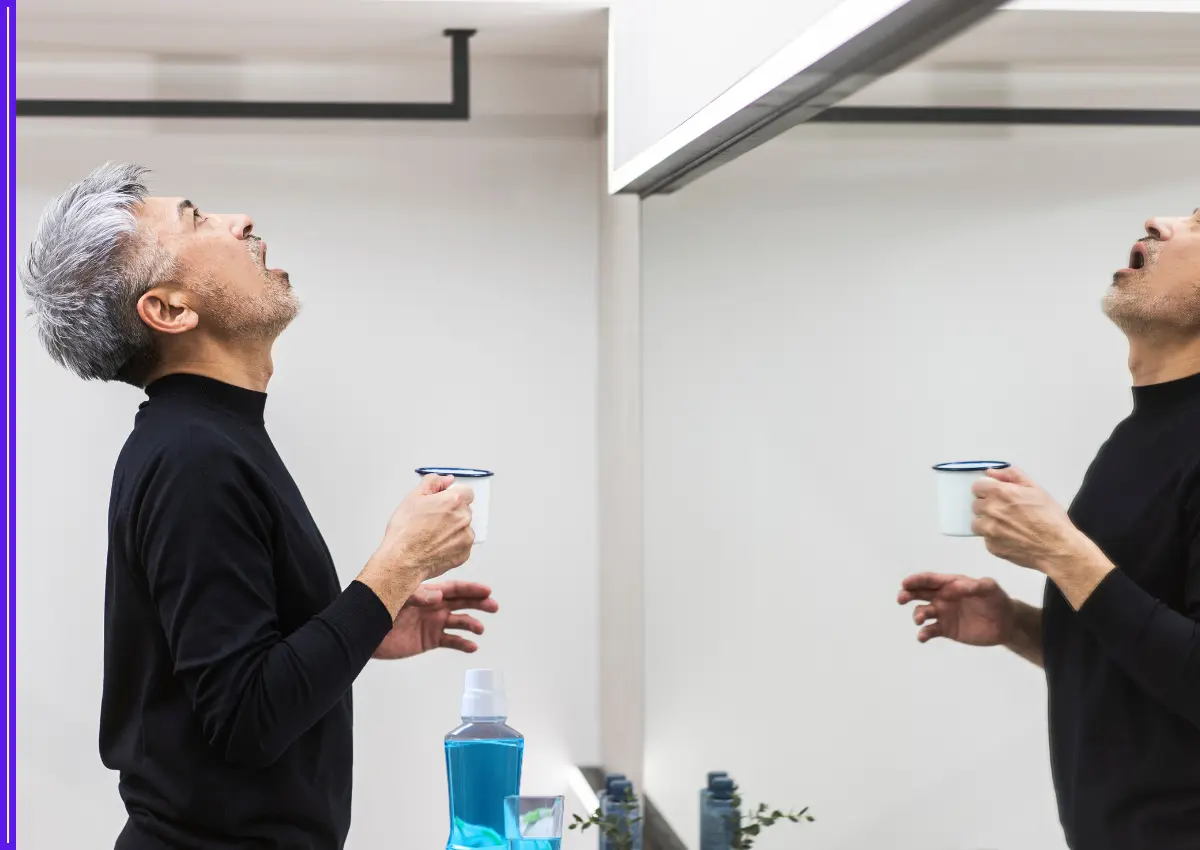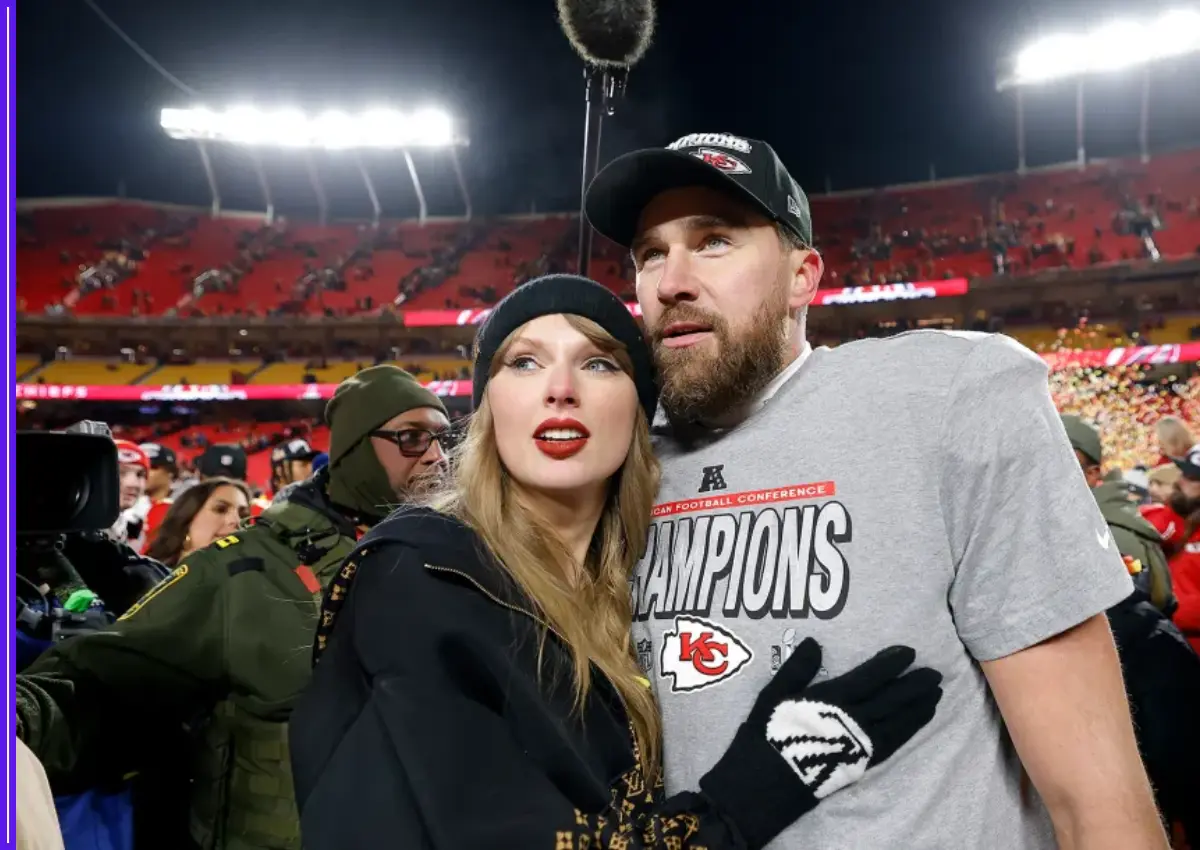In the world of entrepreneurship, few stories are as inspiring and revolutionary as that of Sara Blakely, the founder of Spanx. From a door-to-door fax machine salesperson to becoming the youngest self-made female billionaire in the world, Blakely’s journey is a testament to the power of innovation, perseverance, and thinking outside the box. This blog post delves into the life, career, and philanthropic efforts of Sara Blakely, exploring how she transformed a simple idea into a global empire and became one of the most influential women in business.

Sara Blakely: Early Life and Education
Born on February 27, 1971, in Clearwater, Florida, Sara Treleaven Blakely grew up in an environment that fostered creativity and independent thinking. Her father, John Blakely, was a trial attorney, while her mother, Ellen Ford, was an artist. This unique blend of analytical and creative influences would later play a crucial role in shaping Sara’s entrepreneurial mindset.
Blakely attended Clearwater High School before moving on to Florida State University, where she earned a degree in communications. During her time at FSU, she was a member of the Delta Delta Delta sorority, an experience that likely contributed to her networking skills and social acumen.
Sara Blakely: The Road to Entrepreneurship
After graduating from college, Blakely’s path took an unexpected turn. Initially planning to become an attorney like her father, she reconsidered after scoring low on the Law School Admission Test. This setback, however, would prove to be a pivotal moment in her life, setting her on a course that would eventually lead to entrepreneurial success.
Blakely’s first job out of college was at Walt Disney World in Orlando, Florida, where she worked for three months. During this time, she also dabbled in stand-up comedy, demonstrating her willingness to step out of her comfort zone and take risks – traits that would serve her well in her future business endeavors.
Sara Blakely: The Spark of Innovation
Blakely’s entrepreneurial journey truly began during her time working as a salesperson for Danka, an office supply company. Forced to wear pantyhose in the hot Florida climate for her sales role, she found herself frustrated with the existing options. She liked how control-top pantyhose eliminated panty lines and made her body appear firmer, but disliked the seamed foot when wearing open-toed shoes.
This frustration led to a moment of inspiration when, preparing for a private party, Blakely experimented by cutting off the feet of her pantyhose. While this solved the open-toe shoe problem, it also caused the pantyhose to continuously roll up her legs. Nevertheless, she had achieved the desired seamless look under her clothes.
The Beginning of Spanx
At the age of 27, Blakely relocated to Atlanta, Georgia, still working at Danka but now with a burning desire to turn her pantyhose idea into a viable product. Over the next two years, she invested $5,000 of her savings (equivalent to about $9,300 in 2023) into researching and developing her hosiery concept.
Blakely’s journey to bring her product to market was far from easy. She drove to North Carolina, the heart of America’s hosiery industry, to pitch her idea to mill owners. Initially, she was turned away by every representative she met. These established companies, accustomed to dealing with large, well-known brands, failed to see the potential in Blakely’s innovative idea.
However, persistence paid off. Two weeks after returning home from her disappointing North Carolina trip, Blakely received a call from a mill operator in Asheboro, North Carolina. Encouraged by his three daughters, who saw the value in Blakely’s concept, he offered to support her idea.
This experience was eye-opening for Blakely in more ways than one. It revealed to her that the hosiery manufacturing industry was predominantly run by men who weren’t using the products they were producing – a realization that further fueled her determination to bring a women-centric perspective to the market.
Creating the Prototype and Securing the Brand
Over the course of a year, Blakely worked tirelessly to create the initial product prototype. She then sought the assistance of a patent attorney to finalize her application for submission to the United States Patent and Trademark Office (USPTO). The cost of this legal assistance was $750, a significant investment for Blakely at the time.
Demonstrating her business acumen and foresight, Blakely also took steps to secure her brand. She used her credit card to purchase the “Spanx” trademark on the USPTO website for $150, a small investment that would prove invaluable as the brand grew to global recognition.
Breaking Into the Market
With her prototype ready and her brand secured, Blakely’s next challenge was getting her product into stores. She managed to arrange a meeting with a representative of the Neiman Marcus Group, a pivotal moment in the Spanx journey. In a bold move that showcased both her confidence in her product and her willingness to go the extra mile, Blakely changed into the product in the ladies’ restroom in the presence of the Neiman Marcus buyer to demonstrate its benefits.
This unconventional pitch paid off. As a result of the meeting, Spanx was sold in seven Neiman Marcus stores. Other high-end retailers quickly followed suit, with Bloomingdales, Saks, and Bergdorf Goodman soon stocking Spanx products.
The Oprah Effect
Around this time, Blakely made a decision that would catapult Spanx to national fame. She sent a basket of Spanx products to Oprah Winfrey’s television program, along with a gift card explaining her vision for the brand. This move proved to be a masterstroke.
In November 2000, Oprah named Spanx one of her “Favourite Things,” a coveted endorsement that led to a significant rise in popularity and sales. This endorsement was so impactful that it prompted Blakely to resign from her job at Danka to focus full-time on Spanx.
The growth of Spanx following the Oprah endorsement was nothing short of phenomenal. The company achieved $4 million in sales in its first year and an impressive $10 million in its second year. In 2001, Blakely signed a contract with QVC, the home shopping channel, further expanding Spanx’s reach to a broader audience.
Building an Empire
As Spanx grew, Blakely initially handled all aspects of the business herself, from marketing and logistics to product positioning. She made the strategic decision to position Spanx alongside shoes in retail outlets rather than in hosiery sections, a move that helped differentiate the brand and increase visibility.
Blakely’s approach to growing her business was both creative and grassroots. She contacted friends and acquaintances, including those from her past, asking them to seek out Spanx products at select department stores. In return, she would send them a check by mail as a token of appreciation. This word-of-mouth marketing strategy helped build brand awareness and loyalty.
Recognition and Expansion
Blakely’s innovative approach to business and her success with Spanx did not go unnoticed. In 2012, she achieved a milestone that would cement her place in business history – she landed on the cover of Forbes magazine for being the youngest self-made female billionaire in the world.
But Blakely’s ambitions didn’t stop there. In October 2013, she announced her next big goal: to design the world’s most comfortable high-heel shoe before retiring. This declaration showcased her ongoing commitment to solving women’s fashion dilemmas and her drive to continue innovating.
Blakely’s influence extended beyond the fashion industry. In 2015, she and her husband Jesse Itzler were part of a group led by Tony Ressler that purchased the Atlanta Hawks for $850 million, demonstrating her business acumen in diverse fields.
The Blackstone Deal
In October 2021, Blakely’s business journey reached another significant milestone when The Blackstone Group acquired a majority stake in Spanx, Inc. This deal valued the company at $1.2 billion, a testament to the brand’s growth and market position. Blakely retained her position as Executive Chairwoman, ensuring her continued influence on the company’s direction.
Following the deal, Forbes estimated Blakely’s net worth at $1.3 billion. In a move that demonstrated her appreciation for her employees’ contributions to Spanx’s success, Blakely celebrated the transaction by giving each of her 750 employees $10,000 in cash and two first-class plane tickets to any destination they desired.
Television Appearances
Blakely’s success and charismatic personality have led to several television appearances. In 2005, she participated in “The Rebel Billionaire,” a reality television series where she placed second. This experience introduced her to Richard Branson, who would later become a mentor and supporter of Blakely’s entrepreneurial and philanthropic efforts.
She also served as a judge on ABC’s reality television series “American Inventor,” alongside George Foreman, Pat Croce, and Peter Jones. More recently, Blakely has appeared as a guest investor on several episodes of the popular show “Shark Tank” in seasons 9 and 10, sharing her business expertise with aspiring entrepreneurs.
Sara Blakely- Philanthropy
Blakely’s success in business has been matched by her commitment to giving back. In 2006, she launched the Sara Blakely Foundation to help women through education and entrepreneurial training. The foundation’s launch was boosted by a surprise $750,000 check from Richard Branson at the conclusion of “The Rebel Billionaire.”
The Sara Blakely Foundation has made significant contributions to various causes. It has funded scholarships for young women at the Community and Individual Development Association City Campus in South Africa. In 2006, Blakely appeared on “The Oprah Winfrey Show,” donating $1 million to the Oprah Winfrey Leadership Academy for Girls.
In 2013, Blakely became the first female billionaire to join the “Giving Pledge,” an initiative started by Bill Gates and Warren Buffett where the world’s richest people commit to donating at least half of their wealth to charity. This commitment underscores Blakely’s dedication to using her success to make a positive impact on the world.
Blakely’s philanthropic efforts have also extended to more unconventional areas. In 2019, she paid $162,500 at an auction for the black pants worn by Olivia Newton-John in the movie “Grease.” The proceeds from this auction benefited Newton-John’s cancer treatment center in Melbourne, Australia.
More recently, in response to the challenges posed by the COVID-19 pandemic, Blakely pledged $5 million to support female-run small businesses in 2020. This gesture highlighted her ongoing commitment to supporting women entrepreneurs and her responsiveness to current global challenges.
Sara Blakely- Personal Life
While building her business empire, Blakely has also cultivated a rich personal life. In 2008, she married Jesse Itzler, the co-founder of Marquis Jet, in a ceremony at the Gasparilla Inn and Club in Boca Grande, Florida. The star-studded wedding was attended by actor Matt Damon and featured a surprise performance by singer Olivia Newton-John.
Blakely and Itzler have four children together, balancing their busy professional lives with family responsibilities. In a personal decision that reflects her openness to change and new experiences, Blakely converted to Judaism, her husband’s faith.
Important Lessons from Sara Blakely’s Journey
Sara Blakely’s journey from a door-to-door fax machine salesperson to a billionaire entrepreneur offers several valuable lessons for aspiring business leaders:
1. Identify a Problem: Blakely’s success began with recognizing a common problem that many women faced and seeking a solution.
2. Persistence Pays Off: Despite initial rejections, Blakely persevered, eventually finding a manufacturer willing to take a chance on her idea.
3. Be Willing to Take Risks: From quitting her job to invest in her idea to her unconventional product demonstration at Neiman Marcus, Blakely’s willingness to take calculated risks was crucial to her success.
4. Think Creatively: Blakely’s approach to marketing and product placement demonstrates the value of thinking outside the box.
5. Give Back: Blakely’s commitment to philanthropy shows that success in business can be a platform for making a positive impact on the world.
6. Continuous Innovation: Even after achieving billionaire status, Blakely continues to set new goals and seek new challenges, demonstrating the importance of ongoing innovation and growth.
Conclusion
Sara Blakely’s journey from a struggling salesperson to the founder of a billion-dollar company is a testament to the power of innovation, perseverance, and hard work. Her story serves as an inspiration not just to aspiring entrepreneurs, but to anyone facing obstacles in pursuing their dreams.
Through Spanx, Blakely has not only built a successful business but has also changed the way women think about undergarments and body confidence. Her philanthropic efforts further demonstrate her commitment to empowering women and making a positive impact on the world.
As Blakely continues to innovate and expand her business interests, her story remains a powerful reminder that with determination, creativity, and a willingness to take risks, it’s possible to turn a simple idea into a global success. From cutting the feet off her pantyhose to becoming a billionaire, Sara Blakely’s journey embodies the American dream and serves as a beacon of inspiration for entrepreneurs around the world.









